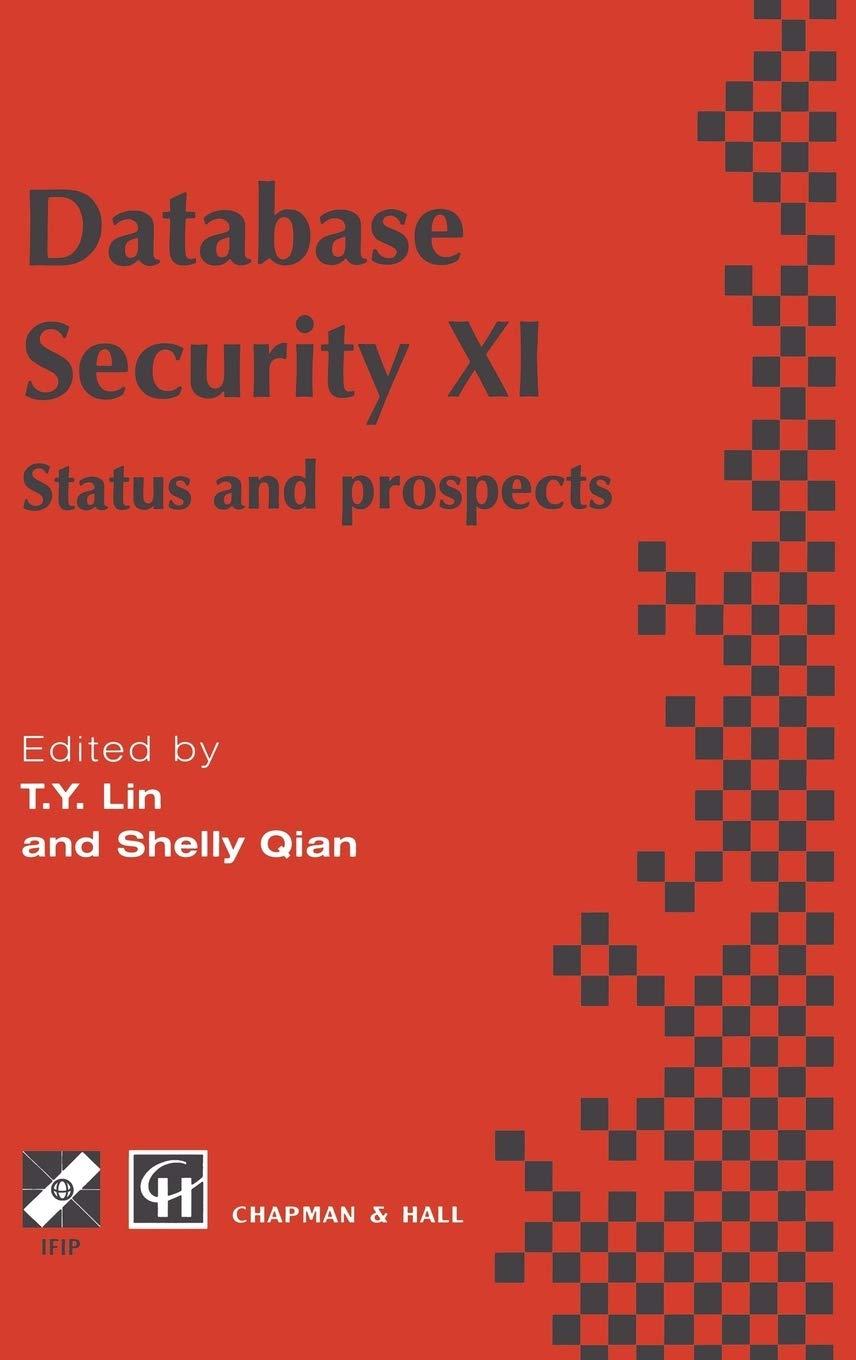
Problem 1 The object of this problem is to explore numerical calculations for the continuum computation model on mesh or grid type multiple processors. You should model your problem in C/C++. Assume that you have a square array of points, 16 x 16, and that the value of the potential function on the boundary is zero on the top row, 20 on the bottom, and 10 along all other boundary points. 11 Initislize the potential function to 0 on terior points. Calculate the Poisson solution for the values of all interior points by replacing each interior point with the average value of each of its neighboring points. Compute the new values for all interior points before updating any interior points. Run this simulation for five iterations and show the answers you obtain at the end. Note: The values on the boundary are fixed and do not change during the computation. 1.2 Repeat the process in the previous problem part 1.1, except update a point as soon as have computed the new value and use the new value when you reach a neighboring point. You should scan the interior points row by row from top to bottom and from left to right within rows 1.3 The second process seems to converge faster. Give an intuitive explanation of why this might be the 1.4 How do your findings relate to the interconnection structure of a processor for solving this problem? purpose of this problem is to show tion. Use the Poisson problem (discussed in Problem 1 previously) and write a computer program mesh2.tex in C/C++ that iterates until no point value changes by more than 0.1 percent. Let this be the initial state of the problem for the following problem parts below, 2.1, 2.2 and 2.3 2.1 Increase the boundary point at the upper left corner to a new value of 20. Perform five iterations of Poisson 2.2 Now restore the mesh to the intial state for problem 2.1. Change the problem so that, in effect the upper left corner is rotated to the bottom right corner. To do this, scan the rows from right to left instead of left to right and scan from bottom to top instead of top to bottom. Perform five iterations of Poisson







